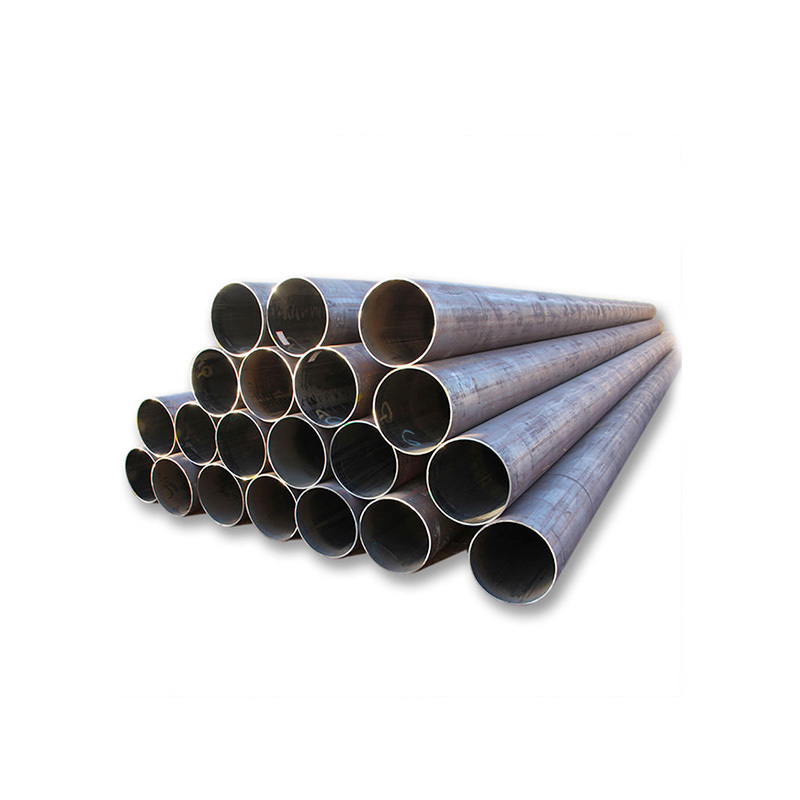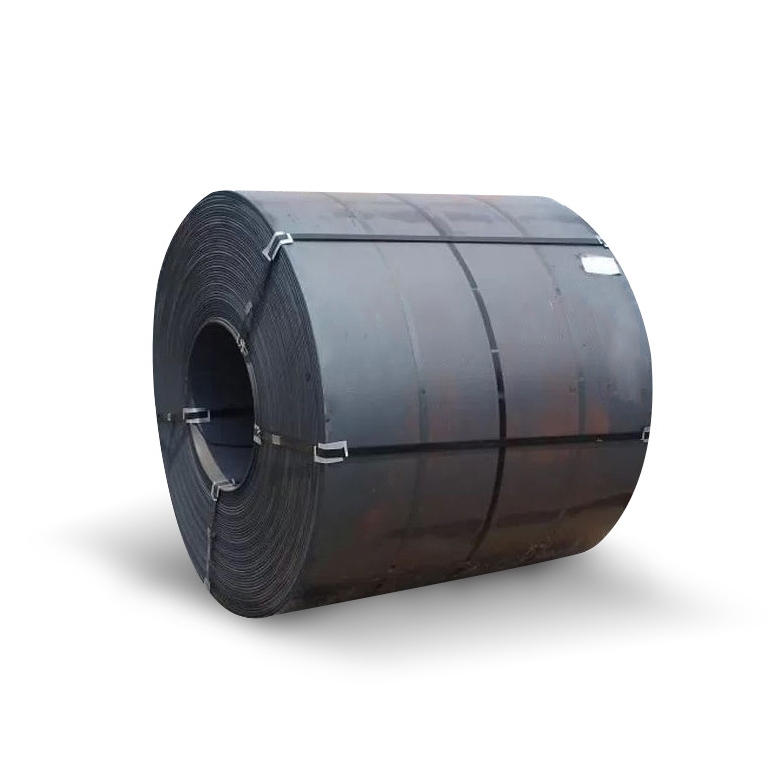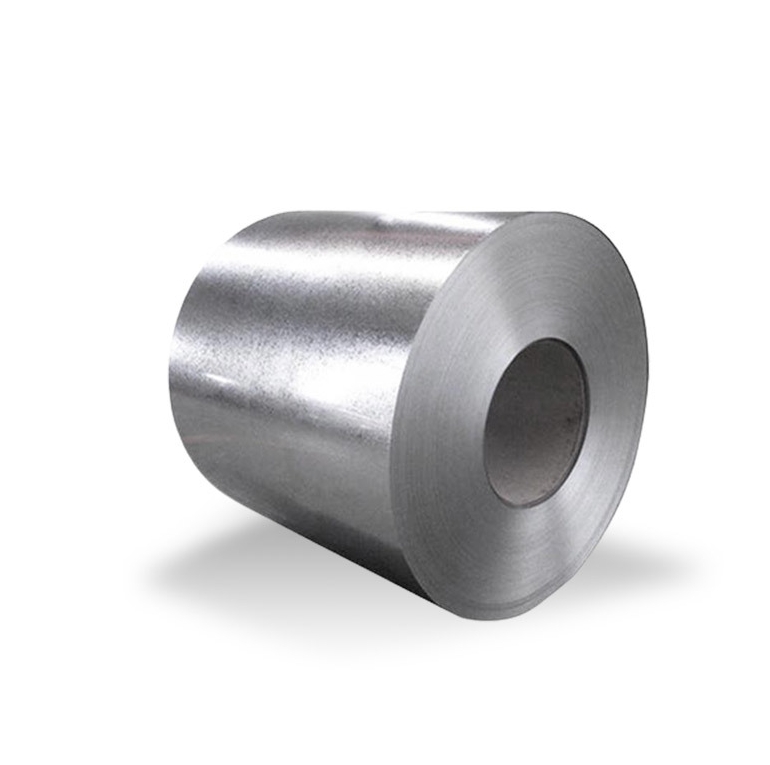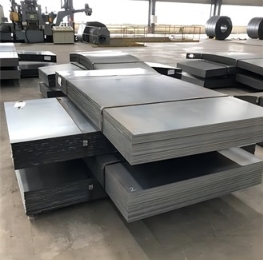ASTM A106 Grade B seamless carbon steel pipe remains the industry workhorse for high-temperature service in 2025; market prices in 2025 vary widely by region and product form (small-lot retail, mill FOB, coated/finished) — roughly $600–1,200 / tonne for bulk Chinese FOB offers, $700–1,200 / tonne for typical Indian ex-works quotes, and $900–2,200 / tonne for U.S./Europe domestic merchant or small-order supply depending on size and schedule. These ranges reflect raw-material (HRC) swings, freight & trade measures, and supply chain differences rather than changes in the A106 technical specification itself.
What “A106 Grade B” means
ASTM A106 (ASME SA106) is the ASTM standard that covers seamless carbon steel pipe for high-temperature service. Grade B is the most widely used grade in the A106 family because it balances tensile and yield strength with workability for forming, welding and high-temperature performance. The standard sets chemistry windows, tensile/yield minima, and required mechanical and nondestructive tests.
Applications where we specify A106 Grade B
We use A106 Grade B in pipelines and systems where the fluid or gas is at elevated temperature — for example:
-
refinery and petrochemical process lines, steam lines and high-temperature utility piping;
-
boiler feedwater piping, main steam and superheater connections;
-
pressure systems in power plants and industrial process plants;
-
some structural and mechanical piping when a seamless product is preferred.
Because it is seamless and available in larger diameters and thick schedules, it’s often chosen where pressure and temperature cycles are expected.
Materials: chemistry and mechanical minima
Important technical points (what we always check on a mill test certificate):
-
Carbon & manganese: Carbon content for typical A106 Grade B sits around medium-carbon levels that give a balance of strength and weldability. ASTM specifies composition limits and allows the pipe to be fully killed steel.
-
Mechanical minima: Grade B has published minimum tensile and yield values (historically, yield ≈ 35,000 psi, tensile ≈ 60,000 psi — check the latest published ASTM table for precise numbers used on the MTC).
-
Heat treatment: Not normally normalized unless specified; many A106 Grade B pipes are supplied as hot-finished seamless unless the order calls for cold-drawn or normalized material.
(When we buy, we always ask for the exact clause numbers on the MTC so the purchaser and mill share the same interpretation.)
Dimensions & sizing (ASME / ANSI reference)
Nominal pipe sizes and schedules for A106 follow ASME/ANSI B36.10M dimensional practice (outside diameter and schedule wall thickness tables). When quoting we always specify NPS, schedule (e.g., Sch 40, Sch 80, Sch 160) or exact wall thickness in mm — and we reference ASME B36.10M for dimensional tolerances.
Manufacturing routes and why they matter for price
Seamless A106 pipe can be produced by hot-rolling and piercing (hot-finished), or by cold drawing for smaller sizes. Key cost impacts:
-
Hot-finished seamless is generally lower cost in high volumes.
-
Cold-drawn or small-diameter precision pipes cost more due to extra processing.
-
Schedule and wall thickness: thick-wall or heavy schedule pipes consume more steel per metre and therefore increase price almost linearly by weight (plus processing premium).

Testing & quality control we insist on
Typical test scope on A106 procurement:
-
Mill Test Certificate (EN/ASTM format) with chemistry and mechanical tests.
-
Hydrostatic test on every length unless specified otherwise.
-
Flattening, bending and nondestructive electric or UT tests as required by the ASTM clauses.
-
Third-party inspection (when buyer requires additional assurance).
These tests are non-optional in many industrial contracts and add to cost, lead time and therefore final price.
Pricing drivers in 2025
Major factors that control A106 Grade B price today:
-
Hot-rolled coil (HRC) price — the base raw material. Changes in HRC feed directly into pipe mill offers.
-
Freight and shipping — ocean freight increases can push FOB→CIF landed price up substantially.
-
Trade measures & tariffs — antidumping duties or higher import tariffs materially change landed cost in many markets (e.g., tariffs on some Chinese steel lines).
-
Manufacturing form (seamless vs welded), size and schedule — thin-wall vs thick-wall; special finishes cost more.
-
Order quantity and packaging — small, urgent orders are much more expensive per tonne than full-truck or container lots.
-
Certification and testing (third-party inspection, RT/UT) add both cost and time.
Global price comparison (indicative ranges for 2025)
Important: pipe prices move quickly. The table below is an informed snapshot (bulk / FOB or ex-works for standard seamless A106 Grade B carbon pipe, typical commercial sizes; small-order retail prices are usually higher). We cite representative market sources below.
| Region | Typical price (USD / tonne) — 2025 indicative | Typical form / notes | Source |
|---|---|---|---|
| China (FOB major ports) | $600 – $900 / t | Bulk FOB offers for standard seamless A106-type carbon pipe, modest MOQ; price can be lower for very large contracts. | |
| India (ex-works / domestic mills) | $670 – $1,120 / t (≈ ₹55–92 / kg quoted ranges) | Prices vary by mill brand (Jindal, ISMT) and domestic logistics/GST. | |
| USA (domestic merchant / small orders) | $900 – $2,200 / t | Higher for small lots, coated/finished, schedule/OD; retail per-length sellers show higher per-piece retail. | |
| Europe (EXW / domestic) | $900 – $1,800 / t | Price depends on local HRC, energy costs and anti-dumping policies. | |
| Middle East / Gulf (CIF) | $800 – $1,300 / t | Many buyers import from China/India or buy from local stockists. | (synthesis from regional trade flows) |
Notes on the table: these are indicative ranges for standard seamless A106 Grade B pipe in typical dimensions (e.g., NPS 2–12, common schedules). Specialty sizes, heavy schedules and small-lot retail pricing will be higher. We used representative market listings and regional price boards to build the ranges.
How size & schedule change price
Pricing is weight-driven. Rough example logic we use when estimating:
-
If a Sch 40 NPS 4″ pipe weighs X kg/m, multiply X by the steel price per kg and add fabrication/processing premium.
-
A heavy schedule (e.g., Sch 160) may double or triple the per-metre cost compared with a Sch 40 of the same OD because steel weight rises.
-
Small diameter retail pieces attract handling/packaging premiums, so $/kg for small orders can be 1.5–3× the bulk tonne price. (See DM Steel per-piece retail examples for illustration.)
Coatings, linings and other value adds
Common finish options and typical premium drivers:
-
Galvanizing: adds cost for zinc and processing, popular for corrosion resistance in buried or exposed service.
-
Epoxy or cement lining: used for water and sewage service; major cost add due to labor and testing.
-
Threading, beveling, cut-to-length: each operation adds handling and machining cost.
-
Special inspections and traceability: RT/UT, PMI, or full traceability can materially raise price and lead time.
Procuring parties should itemize these extras in RFQs to get apples-to-apples comparisons.
What we include in our purchase specification
When we issue an RFQ for A106 Grade B we always include:
-
ASTM A106 / ASME SA106 clause references, grade B explicitly.
-
NPS and schedule (or OD & wall thickness in mm).
-
Required mill tests and acceptance criteria (hydro, flattening, bending).
-
Packing, marking, and documentation (MTC 3.1/3.2, heat number traceability).
-
Incoterm and delivery window, plus any inspection hold points.
Clear specs reduce commercial back-and-forth and avoid price surprises.
Logistics, incoterms and trade measures
A few pragmatic points that influence landed cost:
-
FOB vs CIF vs DDP: FOB means buyer controls freight cost risk; CIF includes freight/insurance and makes landed price higher but simpler for buyers.
-
Tariffs and antidumping: some countries place duties on certain imported steel categories; always check local trade measures before making comparative decisions.
-
Containerization vs bulk: small lengths and small OD pipes often ship in containers; large diameters or long lengths may ship on deck or in breakbulk — both affect cost.
Procurement checklist
When sourcing A106 Grade B pipe, we recommend buyers use this checklist:
-
Confirm Grade B and exact ASTM clause references.
-
Specify NPS + Schedule (or OD + WT).
-
List required tests and whether third-party inspection is required.
-
Ask for price per tonne and per metre with weight calculation shown.
-
Confirm lead time and incoterm.
-
Request sample MTC and photos of actual stock (for stock orders).
FAQs
Q1 — Is A106 Grade B the same as API 5L Grade B or ASTM A53 Grade B?
Short answer: Not identical but close. A106 Grade B is for seamless high-temperature service; API 5L and A53 have differing scopes and tolerances. Some pipes are dual-certified (A106/A53/API5L) but you should verify certificate clauses.
Q2 — How much does a 6-metre length of A106 Grade B Sch 40 NPS 4″ cost?
Short answer: price depends on region, but estimate by calculating weight (use ASME B36.10M OD/WT tables), multiply by $/kg bulk price and add processing/packaging. For an approximate retail example, small orders in the U.S. can show per-length prices much higher than bulk $/t rates. Always ask suppliers to show the weight basis they used.
Q3 — Do we need seamless A106 for all high-temperature lines?
Short answer: Not necessarily. Seamless A106 is common where metallurgical integrity and wall thickness tolerances are critical. Welded alternatives exist (and can be specified to similar mechanicals), often at lower cost. Selection depends on engineering acceptance and code requirements.
Q4 — Are 2025 steel market trends favourable for buyers?
Short answer: 2025 shows mixed signals — HRC softer in some markets, but trade measures, energy costs and local demand create regional divergence. Buyers with flexible sourcing can find competitive bulk FOB offers in China and India, but landed cost must be checked against tariffs and freight.
Q5 — What documentation should we require to avoid specification disputes?
Short answer: require a full MTC referencing ASTM A106 clause numbers, hydro test records, heat numbers, and an inspection hold point for a third party if critical. Define acceptance criteria in the purchase order.








